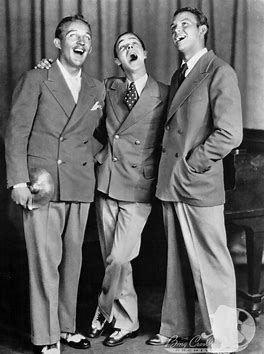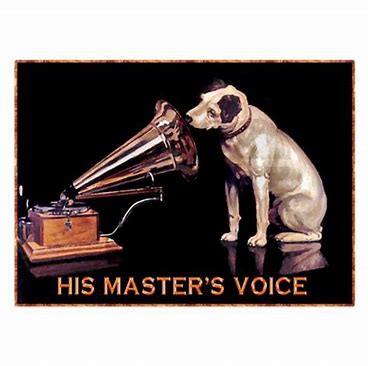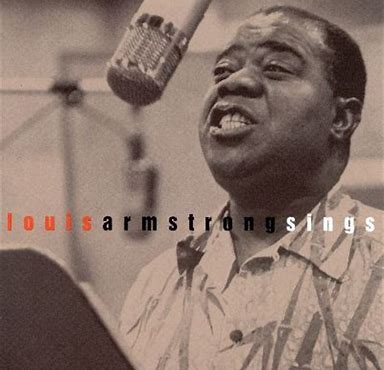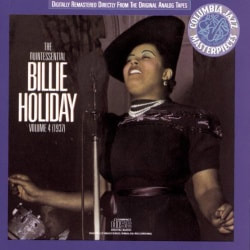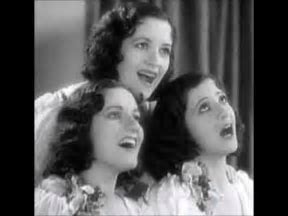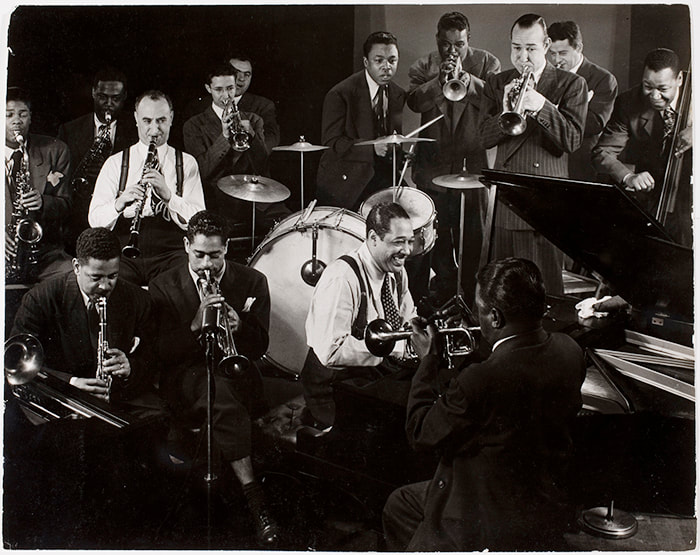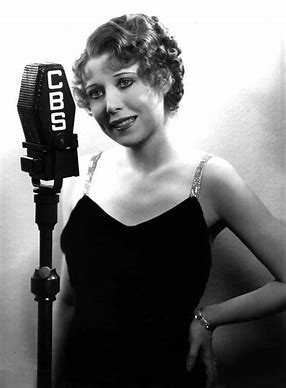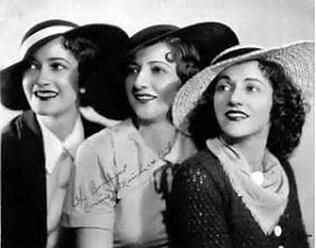
♬ LISTEN: Boswell Sisters
Crazy People
During the 1920s, The Boswell Sisters appeared on New Orleans streets as one of the original "hot" jazz vocal groups. Raised by vaudevillian parents, they were among the first songsters to re-arrange melodies, switch tempos, scat sing, and change keys, often right in the middle of their tunes. These they often learned by hanging around African-American churches and barrooms, an exceptional practice for young white women. The results can be heard in their juicy, sparkling performances.
Crazy People
During the 1920s, The Boswell Sisters appeared on New Orleans streets as one of the original "hot" jazz vocal groups. Raised by vaudevillian parents, they were among the first songsters to re-arrange melodies, switch tempos, scat sing, and change keys, often right in the middle of their tunes. These they often learned by hanging around African-American churches and barrooms, an exceptional practice for young white women. The results can be heard in their juicy, sparkling performances.
